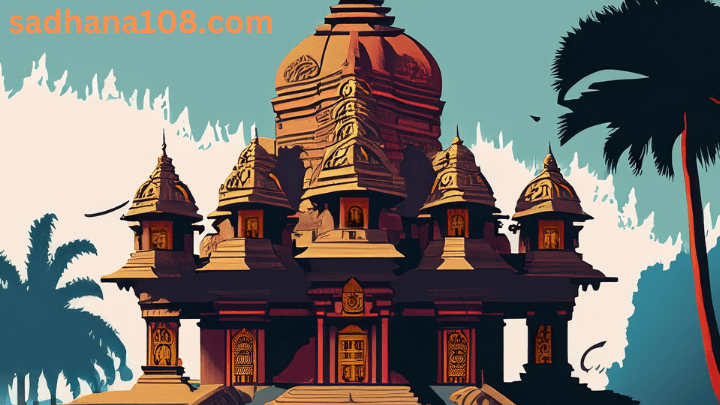Dharmanand Kosambi and Buddhism

Dharamanand Kosambi was born in Goa India. He is considered one of the earliest Marxist scholar from India who left behind a huge treasure of writings on India history. Unlike the modern Marxists of India, Kosambi was not affiliated with any political patrons and did not whitewash Islamic iconoclasm in India. On the other hand he was fond of Buddhism and wrote several books on Buddhism.
e started working as a reader at the University of Calcutta and brought his wife and daughter Manik to Calcutta. His son Damodar was born in 1907. Later, Dharmananda gave up his university job to work as a research fellow in Baroda. Later, he started lecturing all over Western India, and finally moved to Fergusson College in Pune. In Bombay, he met Dr. James Woods from Harvard University, who was seeking a scholar adept in Sanskrit, Ardhamagadhi, and Pāli. Woods invited Kosambi to Harvard, to complete the task of compiling a critical edition of Visuddhimagga, a book on Buddhist philosophy. At Harvard, Kosambi learned Russian and took keen interest in Marxism. He traveled to the USSR in 1929 and taught Pāli at Leningrad University. When the Indian independence movement was at its peak, Kosambi returned to India and taught at Gujarat Vidyapith without remuneration. He also started recruiting volunteers for Salt Satyagraha. He was imprisoned for six years for participating in the Salt Satyagraha, which certainly took a toll on his health.
Kosambi's move to Marxism was a later development. He was rooted in Hinduism to begin with. The modern Marxist scholars can learn a lot from him.